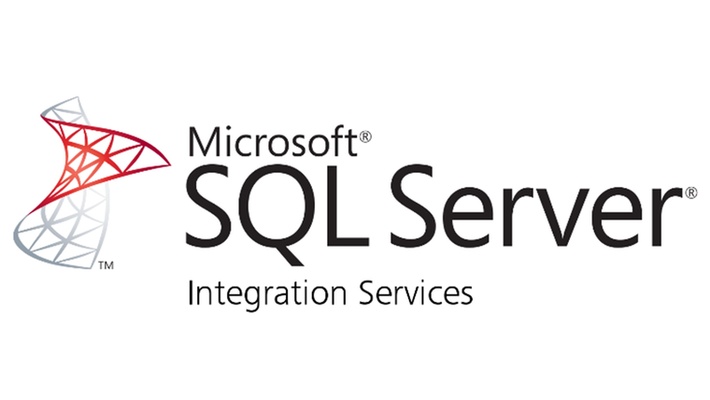
In today’s data-driven landscape, effective data integration is crucial for businesses striving to stay competitive. SQL Server Integration Services (SSIS) has long been a trusted solution for managing data workflows, and with its latest iteration, SSIS 816, it offers a wealth of features and capabilities to streamline data integration processes. This comprehensive guide aims to delve deeper into SSIS 816, exploring its features, benefits, installation procedures, common challenges, best practices, and resources for further learning.
SSIS 816 stands as a pinnacle in the evolution of data integration tools, offering organizations a robust platform for data extraction, transformation, and loading (ETL). With its intuitive interface and advanced functionalities, SSIS 816 empowers users to orchestrate complex data workflows seamlessly, ensuring efficiency and accuracy throughout the integration process.
SSIS 816 boasts a rich array of features designed to meet the diverse needs of modern businesses:
Adopting SSIS 816 yields numerous advantages for organizations:
While SSIS 816 is robust, users may encounter common challenges, such as package execution errors, connectivity issues, performance bottlenecks, and security concerns. Here are some solutions to address these issues effectively:
To optimize SSIS 816 deployments, consider the following best practices:
For those looking to expand their knowledge of SSIS 816, various resources are available:
In conclusion, SSIS 816 emerges as a powerful solution for data integration, offering unparalleled capabilities to streamline processes and drive organizational efficiency. By harnessing the advanced features and functionalities of SSIS 816, businesses can unlock the full potential of their data, making informed decisions and gaining a competitive edge in today’s dynamic business environment. With its comprehensive features, installation procedures, common problem solutions, best practices, and learning resources, SSIS 816 proves to be an indispensable tool for modern businesses seeking seamless integration and enhanced business intelligence. For More Info Visit Here: Docoro.Shop.
Q1: What are the system requirements for installing SSIS 816?
A1: The system requirements for SSIS 816 may vary depending on the specific environment and deployment scenario. It is recommended to refer to the official documentation for detailed information.
Q2: Can SSIS 816 be integrated with third-party tools and platforms?
A2: Yes, SSIS 816 supports integration with a wide range of third-party tools and platforms, enabling seamless interoperability and data exchange.
Q3: Is SSIS 816 suitable for small businesses or only for large enterprises?
A3: SSIS 816 is scalable and adaptable to businesses of all sizes, making it suitable for both small businesses and large enterprises.
Q4: How does SSIS 816 ensure data security and compliance?
A4: SSIS 816 incorporates robust security features and compliance controls to safeguard sensitive data and ensure regulatory compliance.
Q5: Can SSIS 816 handle real-time data processing?
A5: Yes, SSIS 816 supports real-time data processing capabilities, allowing organizations to process and analyze data in near real-time for actionable insights.Q6: What support options are available for SSIS 816 users?A6: Microsoft offers comprehensive support options for SSIS 816 users, including documentation, forums, and dedicated support channels for assistance with troubleshooting and technical issues.
|
|